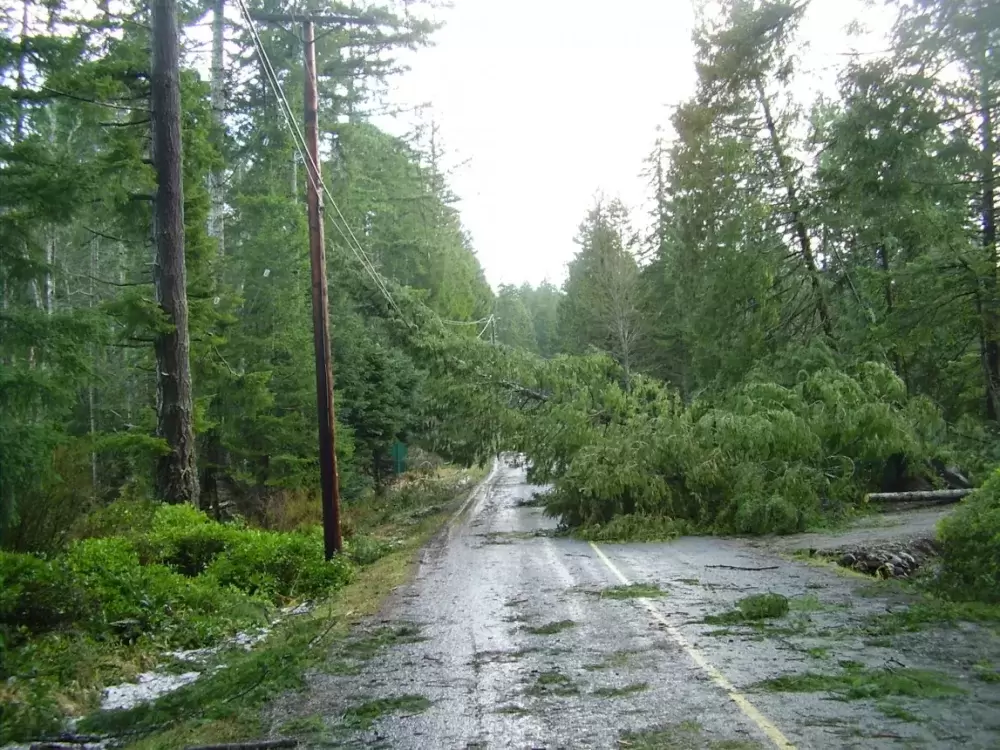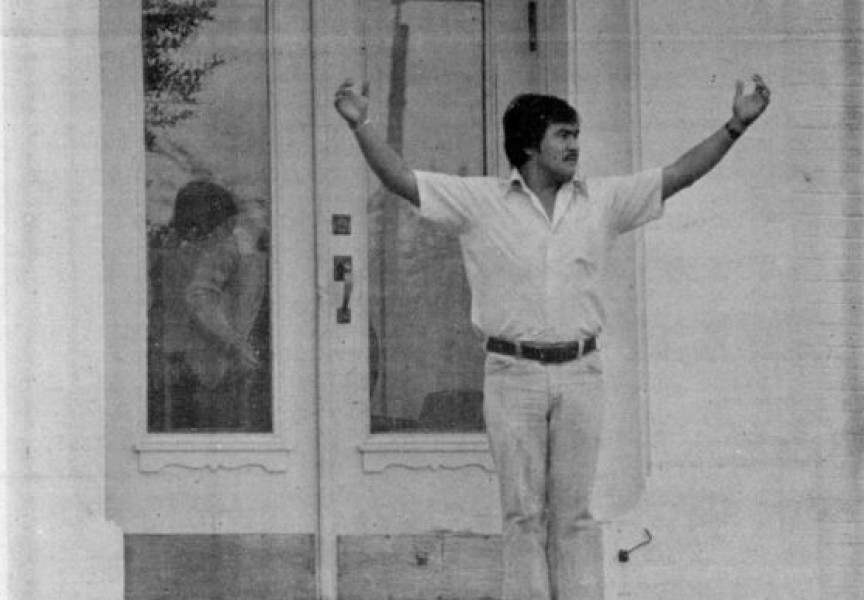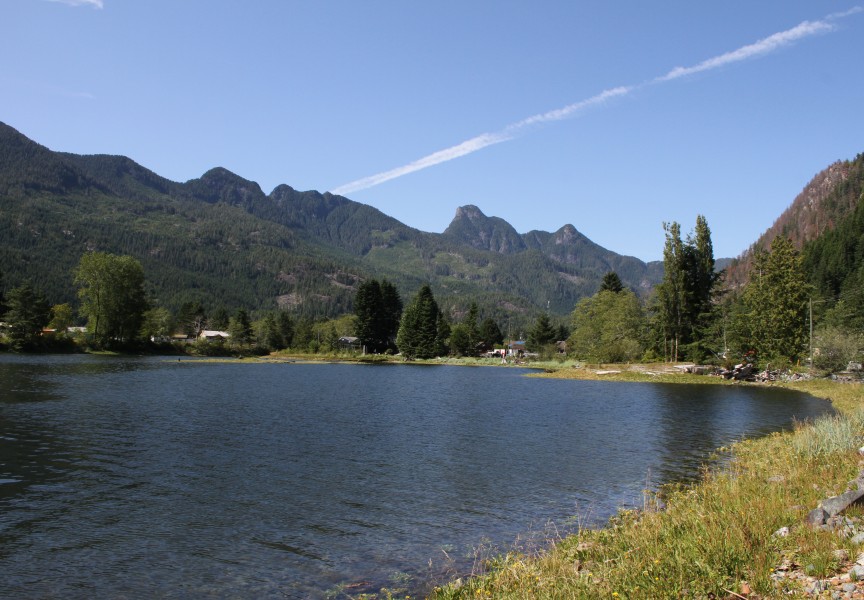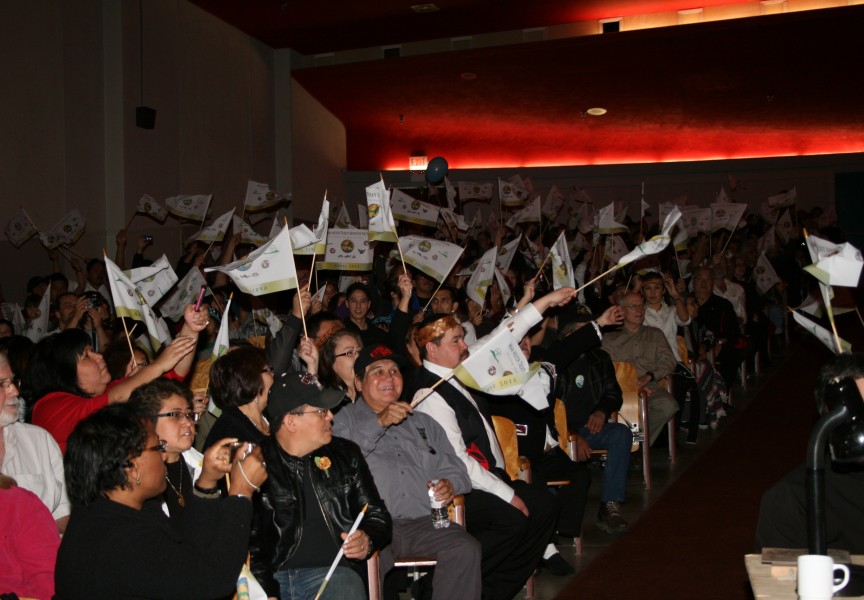A report released earlier this month shows that severe weather has led to a drastic increase – almost tripling - in the number of storm events that have necessitated a BC Hydro response.
The report was titled “Storm warning: The Impact B.C.’s wild weather is having on British Columbians and their power”. The report found a significant rise in the damage to BC Hydro’s electrical system and thus outages for its customers caused by more frequent severe storms as a result of climate change.
It was reported that the number of customer outages during major storm events increased 265 per cent from 2013 to the latest available provincial figures in 2017. Back in 2013 storms resulted in outages for 323,000 customers. This figure jumped to 1.18 million customers who had power outages in 2017.
This can be some disheartening news, especially for Nuu-chah-nulth communities.
“They’re all in remote locations, which makes access to them harder for us,” Karla Louwers, a spokesperson for BC Hydro, said of the Nuu-chah-nulth communities. “Many are end-of-the-line communities.”
Louwers said geography also plays a key role, adding the Ahousaht First Nation and Opitsaht, a Tla-o-qui-aht community, are especially challenging when it comes to outages.
“They’re only accessible by boat,” Louwers said. “So they are serviced by submarine cables.”
Crews from four different district offices are dispatched when power needs to be restored on one of the Nuu-chah-nulth communities. Those offices are based in Port Alberni, Ucluelet, Campbell River and Port McNeill.
While acknowledging that due to their remoteness it can indeed take longer for power to be restored in Nuu-chah-nulth communities following storms, Louwers said progress is being made.
Specific figures for Nuu-chah-nulth communities were not provided in the recent storm report.
But Louwers said BC Hydro response and restoration of power has greatly improved. Louwers said that five years ago 90 per cent of BC Hydro customers who had a power outage following a major storm had service restored with 24 hours. That figure went up and in 2017 it was reported that 95 per cent of customers had power back within 24 hours.
A considerably more impressive stat is the restoration time of power within four hours. In 2013 just 10 per cent of customers who had outages following major storms had service back on within four hours. By last year this figure shot up to 53 per cent across the province.
“The key takeaway here is that storms are going to happen and outages are going to happen,” Louwers said. “It’s important to be prepared.”
Residents across the province have certainly noticed an increase in the number of severe storms in recent years. A recent BC Hydro survey showed that 75 per cent of respondents across the province agreed that storms are getting worse. And 20 per cent of those surveyed said there has been a rise in the number of recent outages in their community.
Falling trees and branches are the primary cause of power outages. This is especially true in British Columbia as it has three times more trees per kilometre of hydro line than anywhere else in North America.
BC Hydro officials though are certainly doing their bit to be ready when storms occur. For example, thanks to its enhanced smart meter network, problems can be quickly identified.
“We have the technology that can better communicate with us with a better location of where the fault occurred,” Louwers said of the ability to hastily pinpoint outage problems.
Once BC Hydro officials confirm an outage and location on a map, crews can be dispatched to make repairs.
BC Hydro now also employs meteorologists on its staff.
“We can get storm models that give us a better idea of where they are going to hit,” Louwers said.
These storm models often provide at least 24 hours for crews to make preparations for when the storm and possible outages happen.
BC Hydro officials recommend that members of the public should be prepared to deal with power outages by having an emergency kit available. Items to be included in this kit include a flashlight, extra batteries, first aid supplies as well as water and non-perishable food.
Members of the public are encouraged to stay away from damaged or downed power lines since they could be live and pose a risk. It’s best to call 911 to report these situations.
Other tips on staying safe during power outages can be found at www.bchydro.com/besafe.







